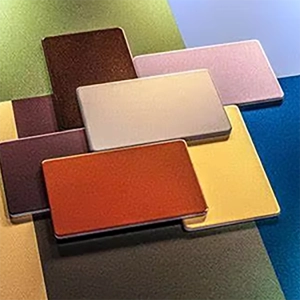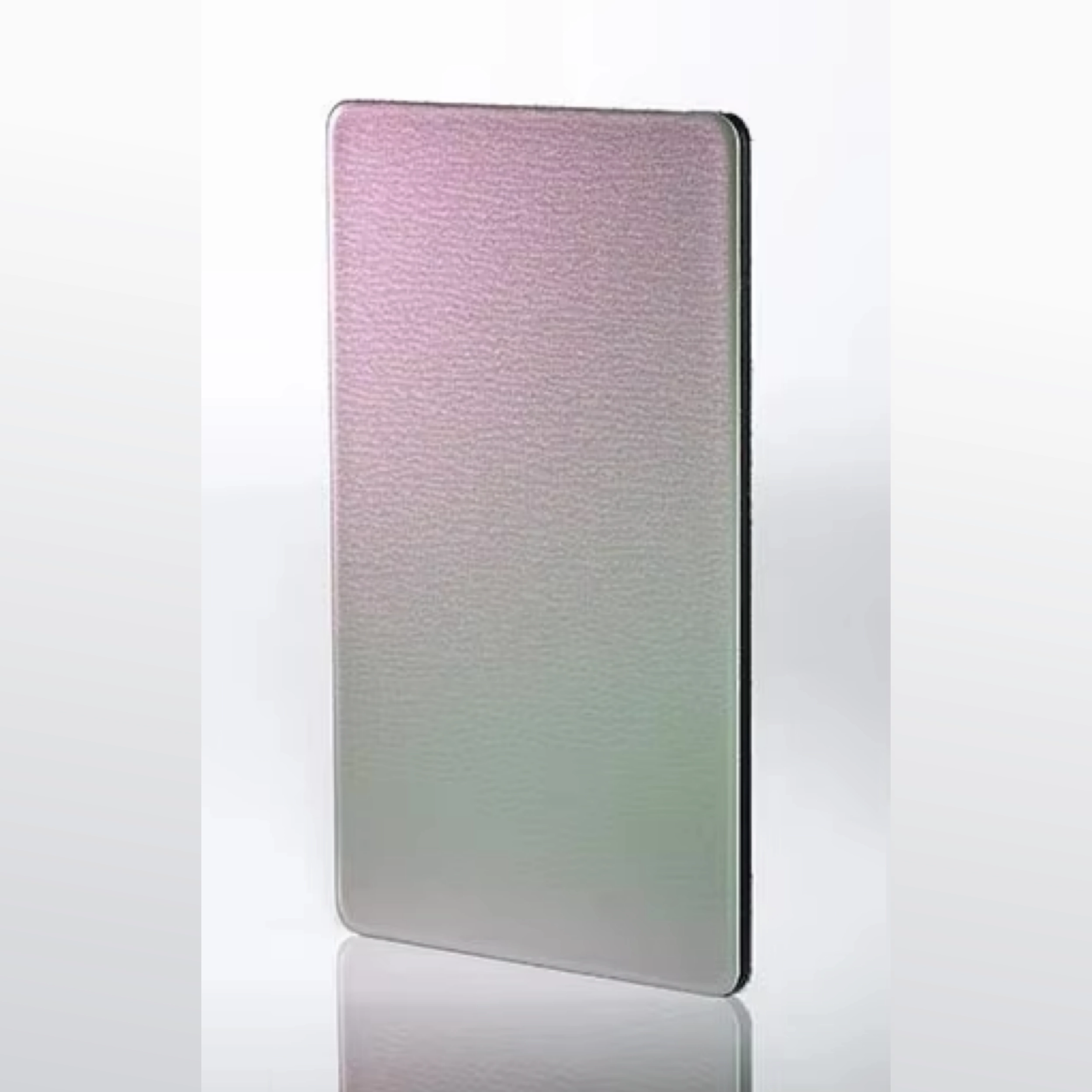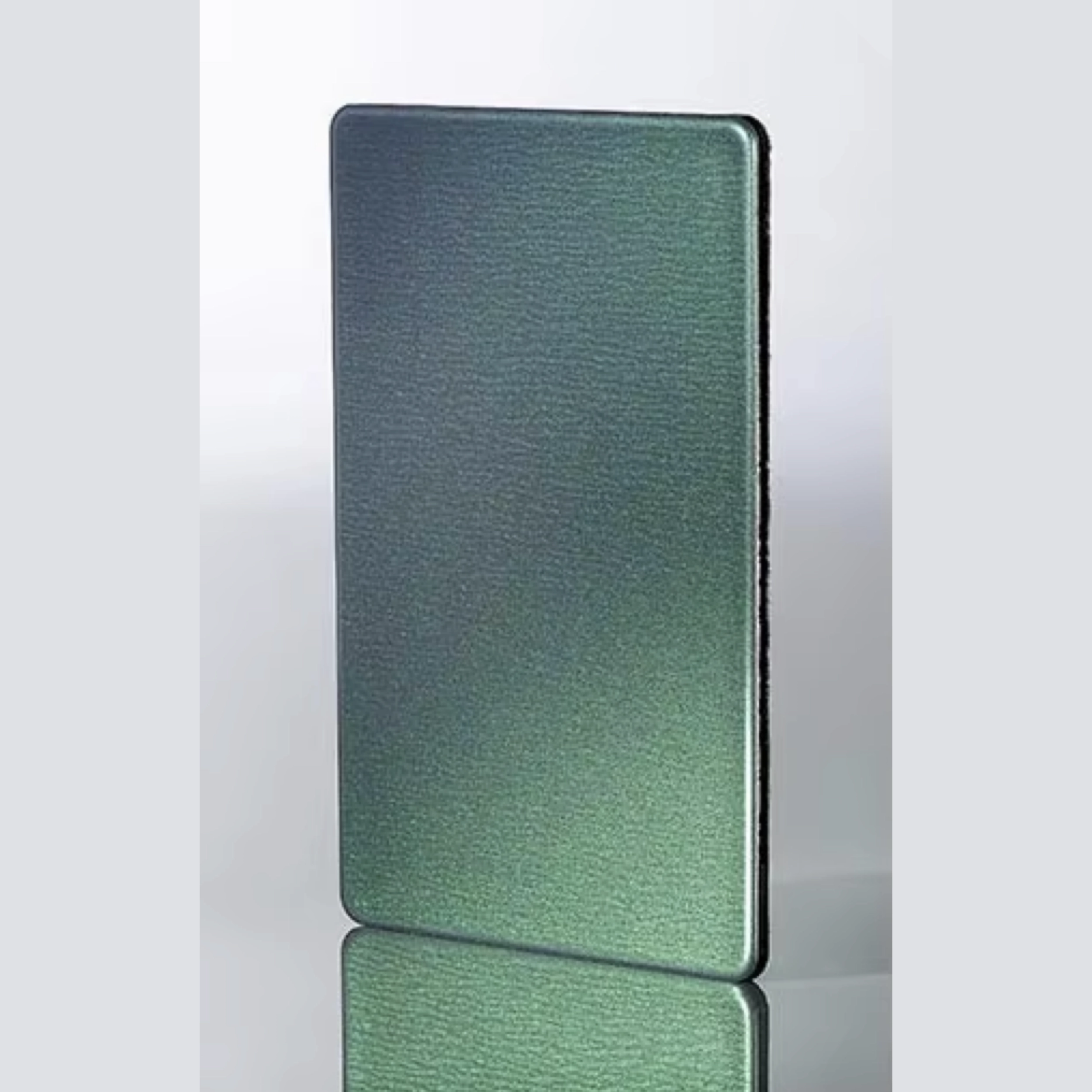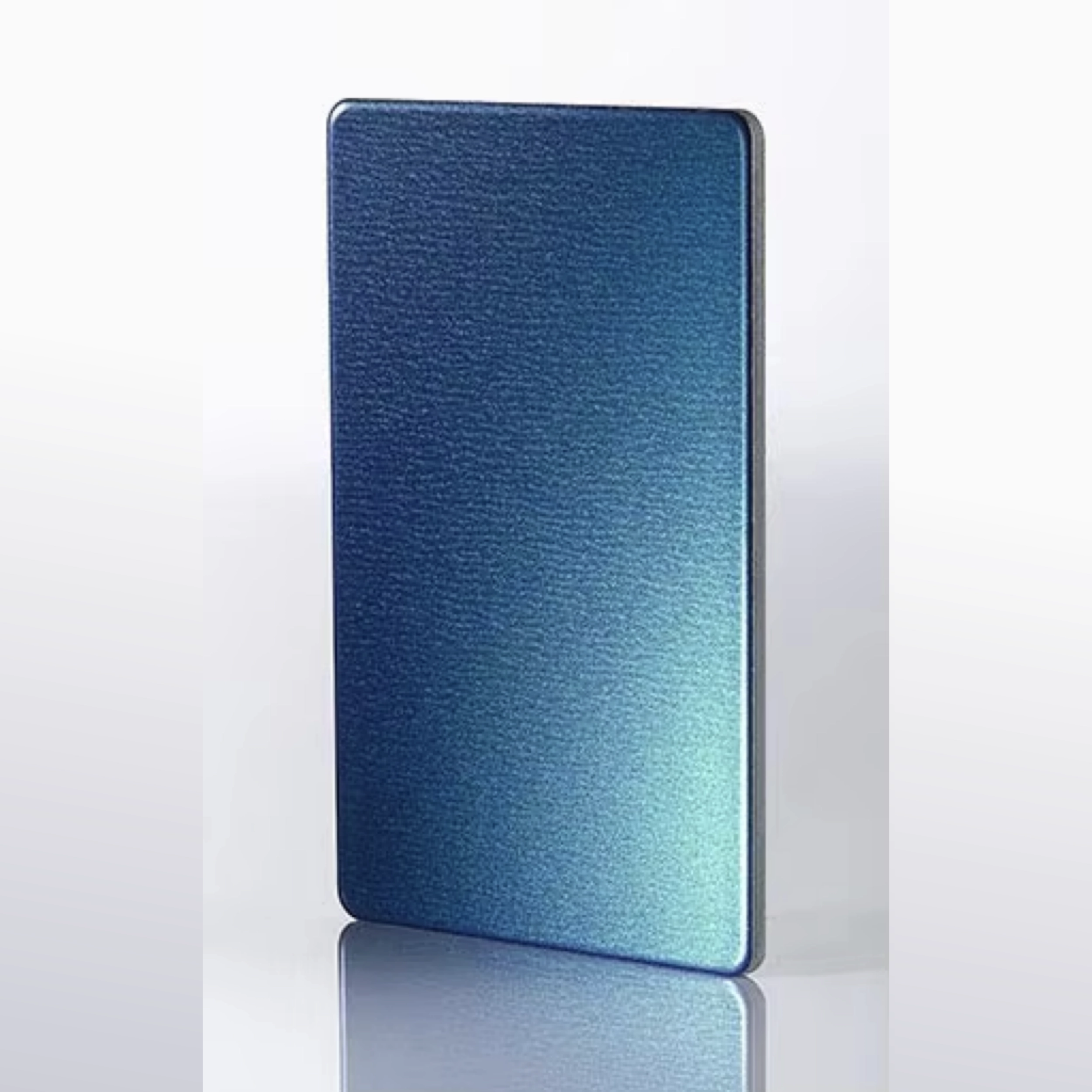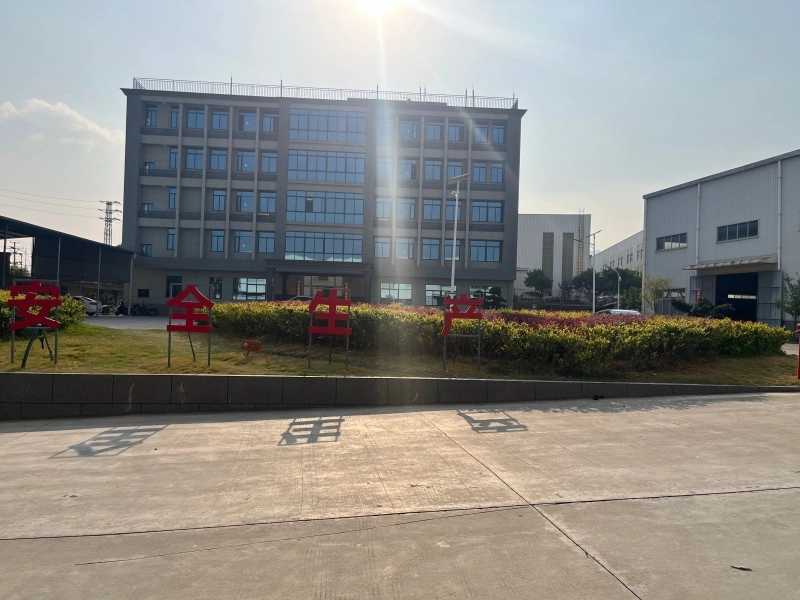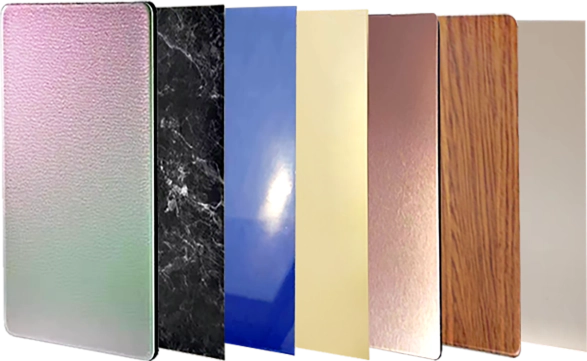Materials used for exterior cladding in modern architecture are not only required to deliver dramatic appearances but also to perform in a consistent manner for years to come. Among advanced façade solutions, chameleon aluminum composite panels (ACP) rate high on their unique ability to change color based on light and angle of view.
But beyond appearance, architects and contractors must wonder: How durable are these panels? Can they withstand years of UV exposure, heavy rainfall, or extreme temperatures without warping or discoloring?
Shingkwang will explore weather resistance and longevity of chameleon ACP panels in order for architects, façade consultants, and contractors to make more informed decisions on long-term building projects.
What is Chameleon Aluminum Composite Panel?
Chameleon aluminum composite panel is made of aluminum composite panels with special optical pigments that give a dynamic, color-changing effect. Depending on changing light angles and the observer’s location, the façade alternates between multiple shades, offering an extremely appealing and high-tech appearance.
Characteristics are:
- Multi-layer optical coatings (usually PVDF-based)
- Lightweight but stiff sandwich structure (aluminum + core + aluminum)
- Multi-chromatic uses on tall building façades, commercial landmarks, shopping malls, airports, and signage schemes
- Compared to traditional single-colored ACP, chameleon aluminum composite panel offers distinct branding value as well as increased visual impact—ideal for landmark projects.
Durability Considerations
Adhesion of the Coating
Durability begins with the extent of adhesion of the chameleon optical coating on the aluminum surface. High-performance ACP panels feature superior PVDF that yields high adhesion, minimizing the possibilities of peeling or cracking with age.
Scratch and Abrasion Resistance
Construction environments and urban backgrounds expose panels to mechanical stress. Top-of-the-line Shingkwang chameleon aluminum composite panels boast scratch-resistant finishes that allow them to maintain their glossy, color-changing appearance despite being touched, washed, and exposed to pollutants.
Impact Resistance
Durability also depends on the thickness of the aluminum skins (typically 0.3–0.5 mm) and the core type (Solid core, FR mineral-filled, or broken core material). Panels with strong cores offer increased impact resistance, which is required for public areas or high-rise facades under wind loads.
Service Life Expectancy
In real-world applications, chameleon aluminum composite panels can withstand 15–20 years of service life if properly installed and maintained. Therefore, they are suitable for long-term commercial façades and temporary constructions requiring robust finishes.
Weather Resistance Performance
UV and Sunlight Exposure
One of the most significant problems of exterior cladding is color fading. Chameleon coatings feature UV-stable pigments and PVDF films, which protect panels from yellowing even in prolonged exposure to the sun. Accelerated aging tests reveal that superior quality panels retain their original brilliance for over 10 years in severe sunlight exposure.
Rain and Moisture Resistance
ACP panels are designed to possess sealed surfaces that repel water. This prevents blistering, delamination, or gloss loss caused by persistent rain or high humidity.
Thermal Cycles
Chameleon aluminum composite panels are designed to resist thermal expansion and contraction without warping or cracking. In hot deserts to freezing winter conditions, they maintain surface finish and structural integrity.
Coastal and Harsh Environments
Salt spray, pollution, and humid climate conditions are common in coastal or tropical regions. Chameleon ACP with certification from salt spray resistance testing assures the panels’ corrosion protection without surface deterioration—perfect for application in airport terminals, beach resorts, and oceanfront facades.
Testing and Certifications
When conducting durability and weather resistance tests, architects and contractors need to look for panels bearing certifications based on recognized international standards, which include:
- ASTM G154 / G155 – Accelerated UV weathering tests
- EN 13523 – Adhesion of coatings, impact resistance, and color stability
- ISO 2813 – Test for gloss retention
- Salt Spray Tests (ASTM B117) – Humidity and corrosion resistance
Make it a point to always ask for test reports and certification from your ACP supplier to ensure performance claims. Trustworthy manufacturers, such as Shingkwang, offer documented proof of conformance to these standards.
Applications and Purchasing Guide
Chameleon aluminum composite panels are particularly in demand for projects that require iconic, attention-grabbing façades, such as:
- High-rise office buildings
- Shopping malls and retail buildings
- Hotels and resort hotels
- Airports and transport hubs
- Signs, branding walls, and displays
While purchasing wholesale and custom chameleon finish ACP, procurement managers must consider:
- Aluminum skin thickness (impact resistance)
- Coating type (PE, PVDF, nano-coating options)
- Core material (fire-resistant core or standard solid core)
- Color shades (range of chameleon colors available)
- Warranty and test certificates (UV resistance, fire rating, salt spray tests)
Conclusion
Chameleon aluminum composite panels combine aesthetic sophistication with proven durability. With the newest coatings, UV resistance, and weather-tested compliance, they maintain their stunning, color-shifting beauty even under harsh conditions. For architects and contractors who desire to meet the demand for visual impact with the requirements of long-term function, chameleon ACP panels are a proven and innovative solution. Contact us today to have test data, samples, or a custom specification for your next project.

